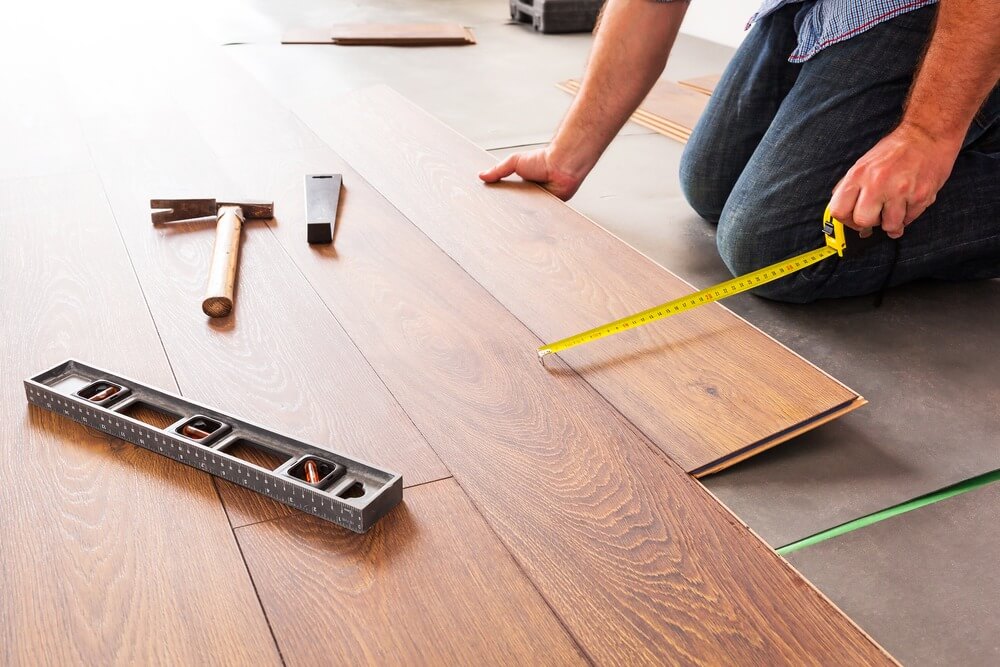
Image Source: Google
Floor installation is an important part of home improvement that can significantly enhance the style and overall appearance of your space. Whether you are renovating your entire home or just a particular room, choosing the right flooring and installing it properly is crucial.
If you are looking to step up your home's style with a new floor, this ultimate guide to floor installation will provide you with all the information you need to make informed decisions and achieve the desired look for your space. If you are looking for the best floor installation then, you may check Neo Renovations.
The first step in floor installation is choosing the right type of flooring for your home. There are numerous options available, including hardwood, laminate, vinyl, tile, and carpet. Each type has its own unique benefits and considerations. Hardwood flooring, for example, offers a timeless and elegant look, but it requires regular maintenance and can be prone to scratches.
Laminate flooring, on the other hand, is more durable and easier to maintain, making it a popular choice for high-traffic areas. Vinyl is another versatile option that comes in a variety of styles and is known for its durability and water resistance. Tile flooring is often used in bathrooms and kitchens due to its waterproof properties.
Once you have chosen the right type of flooring, the next step is to prepare the subfloor. The subfloor is the base layer that supports the flooring and should be clean, smooth, and level. If there are any imperfections, such as cracks or unevenness, they should be repaired or corrected before installation. This will ensure that the flooring sits securely and looks seamless once installed.
Before installing the new floor, it is important to acclimate the flooring material to the room's temperature and humidity. This process involves allowing the flooring to adjust to its new environment for a specified period of time. This is especially important for solid hardwood flooring, as it can expand or contract depending on the moisture level in the room.
When it comes to actually installing the floor, there are several methods that can be used depending on the type of flooring you have chosen. Some options, like laminate and vinyl, can be installed as floating floors, meaning they are not attached to the subfloor but rather click or lock together. This makes installation quick and easy, as no adhesives or nails are required.
Regardless of the installation method, it is important to follow the manufacturer's instructions and use the appropriate tools for the job. This may include a mallet, spacers, adhesive, or a power saw. It is also recommended to wear protective gear, such as safety goggles and gloves, to ensure your safety during the installation process.
Once the flooring is installed, it is important to properly care for and maintain it to ensure its longevity and preserve its aesthetic appeal. This may include regular cleaning, using the appropriate cleaning products, and avoiding excessive moisture or heavy furniture placement. Additionally, it is important to address any repairs or damages as soon as they occur to prevent further issues.
In conclusion, floor installation is a significant step in enhancing your home's style and overall appearance. By choosing the right type of flooring, properly preparing the subfloor, acclimating the flooring, and following the appropriate installation methods, you can achieve the desired look for your space.